The Razor Fade: A Sharp and Distinctive Haircut Explained
When it comes to men’s hairstyles, the options seem endless. One popular choice that adds an extra level of precision and sharpness to a haircut is the razor fade. This distinctive style creates a clean and defined look that sets it apart from regular taper fades and zero fades.
Since there are so many variants, we are going explore the razor fade haircut in detail, discussing what it is, how it differs from a regular taper fade, and how it distinguishes itself from the zero fade haircut.
Understanding the Shave Fade
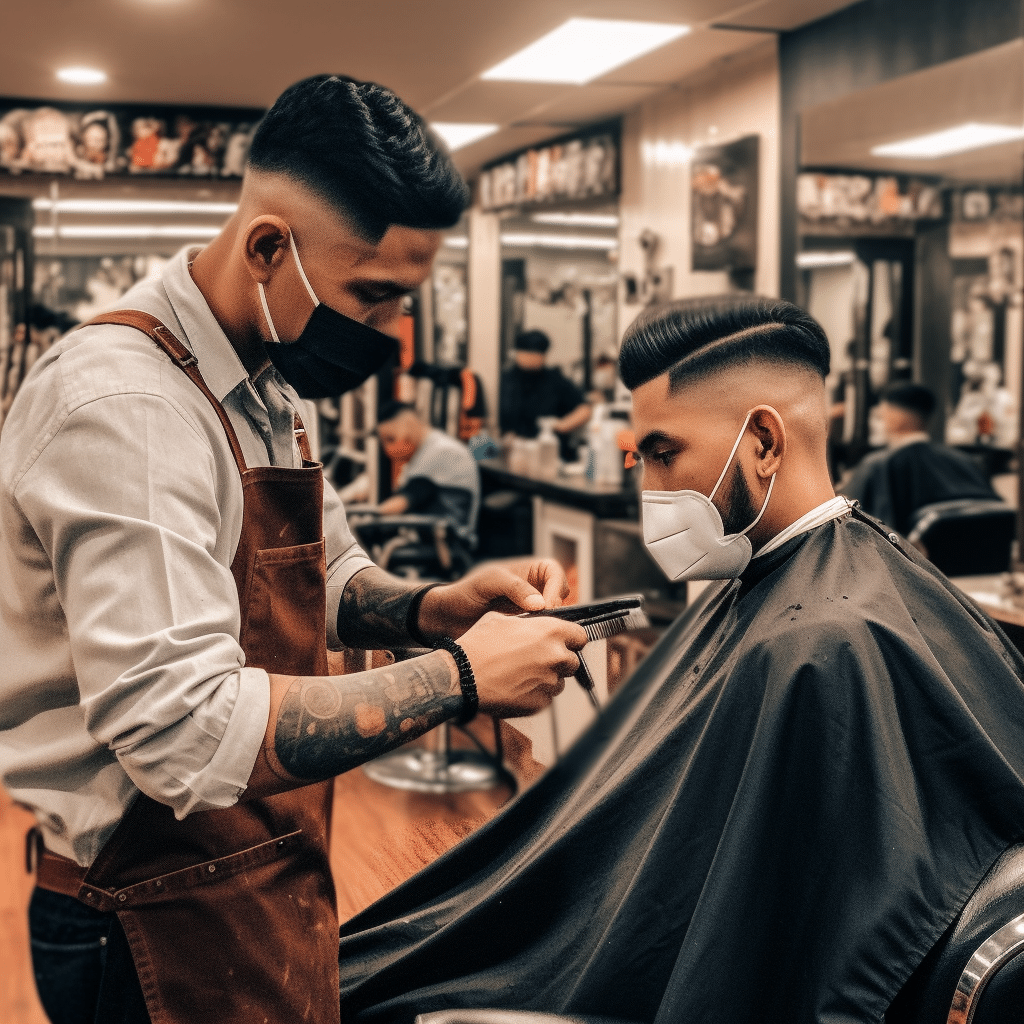
The razor fade, also known as a shave fade, is a haircut that involves using a razor blade or straight razor to achieve a crisp and close-cut fade. This technique creates a seamless transition from longer hair on top to shorter hair on the sides and back. The use of a razor blade allows for precise detailing, resulting in a sharp and clean finish.
The razor fade haircut is a popular choice for men seeking a modern and edgy look. It offers versatility in styling, allowing for a variety of lengths and textures on top while maintaining a sleek and polished appearance on the sides and back. With its precise detailing and sharp lines, the razor fade adds dimension and depth to any hairstyle, making it a favorite among trendsetters and fashion-forward individuals. Whether paired with a textured crop, pompadour, or quiff, the razor fade effortlessly elevates any haircut, providing a fresh and contemporary twist to classic hair styles.
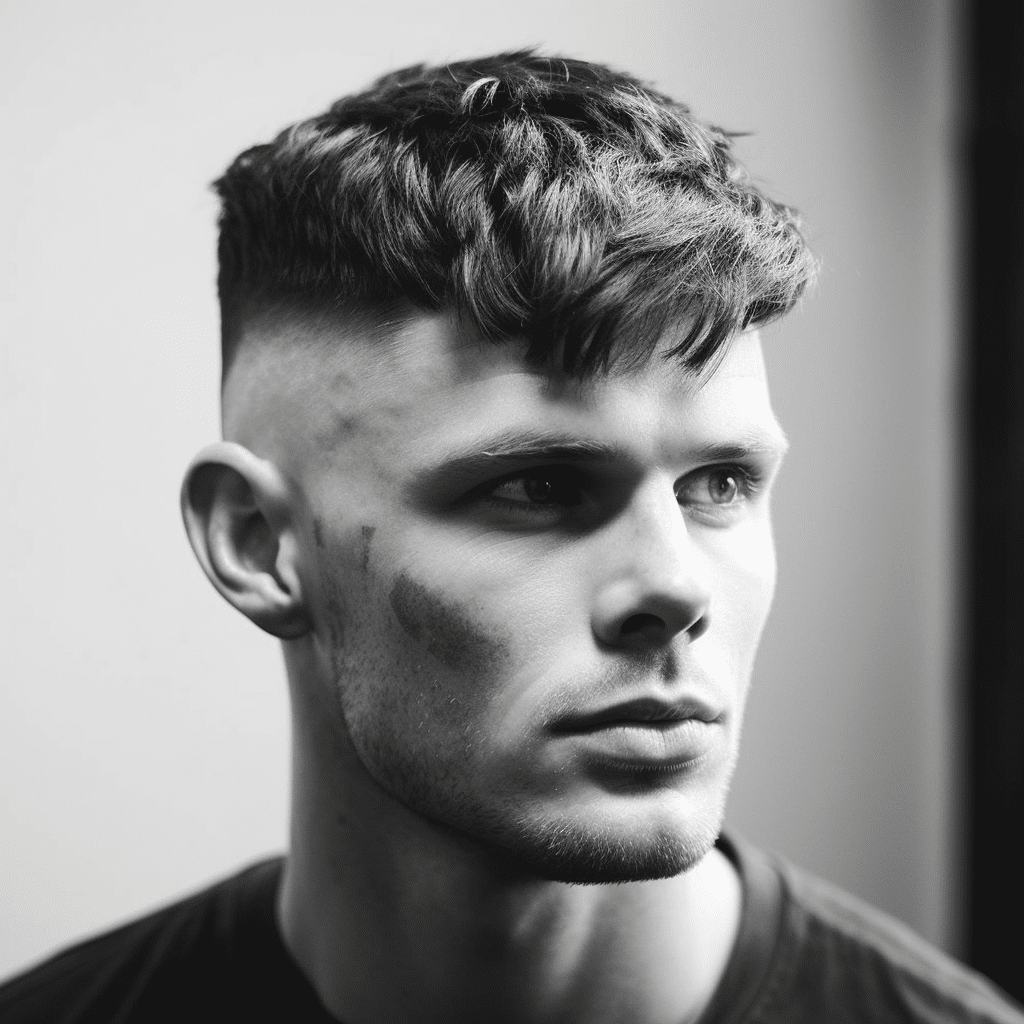
Differences between a Razor Fade and a Regular Taper Fade:
- Sharpness and Precision: The primary difference between a razor fade and a regular taper fade lies in the level of sharpness and precision achieved. The use of a razor blade enables the stylist to create ultra-sharp lines and a more defined transition between the different lengths of hair. This sharpness adds a level of sophistication and attention to detail that sets it apart from a regular taper fade.
- Texture and Visual Effect: The razor fade often produces a different texture and visual effect compared to a regular taper fade. The use of a razor blade can create a slightly textured finish, giving the hair a more edgy and defined look. This texture adds depth and dimension to the hairstyle, enhancing its overall appearance.
- Effacement of Lines: the lines between the different lengths of hair are expertly blended and softened using the razor blade. This technique allows for a seamless transition, eliminating any visible lines that may be present in a regular taper fade. The result is a fade that appears more natural and effortlessly blended.
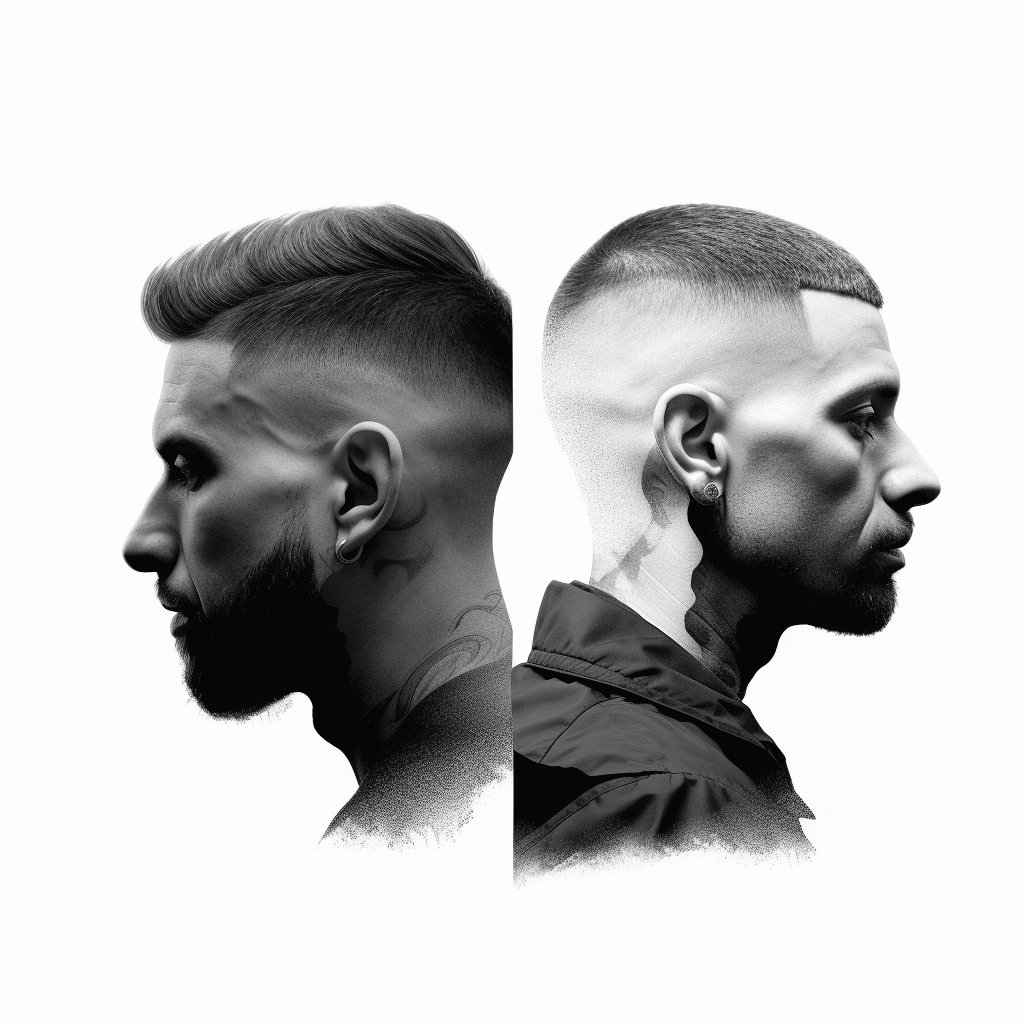
How is it Different to a Zero Fade?
- Hair Length at the Sides: In a zero fade, the hair at the sides and back is typically cut down to the shortest possible length, often creating a bald or near-bald effect. On the other hand, a razor fade maintains a gradual length variation, with the sides and back being shorter than the hair on top but not completely shaved.
- Precision and Detailing: While both a razor fade and a zero fade require precision and attention to detail, the razor fade places greater emphasis on sharp lines and precise detailing. The use of a razor blade in a razor fade allows for meticulous outlining and shaping, resulting in a more defined and intricate finish compared to a zero fade.
- Versatility: A razor fade offers more versatility in terms of styling options compared to a zero fade. With a razor fade, you have more hair to work with on the sides and back, allowing for different styling choices, such as textured crops, side parts, or comb-overs. A zero fade, on the other hand, limits the styling possibilities due to the extremely short hair length.
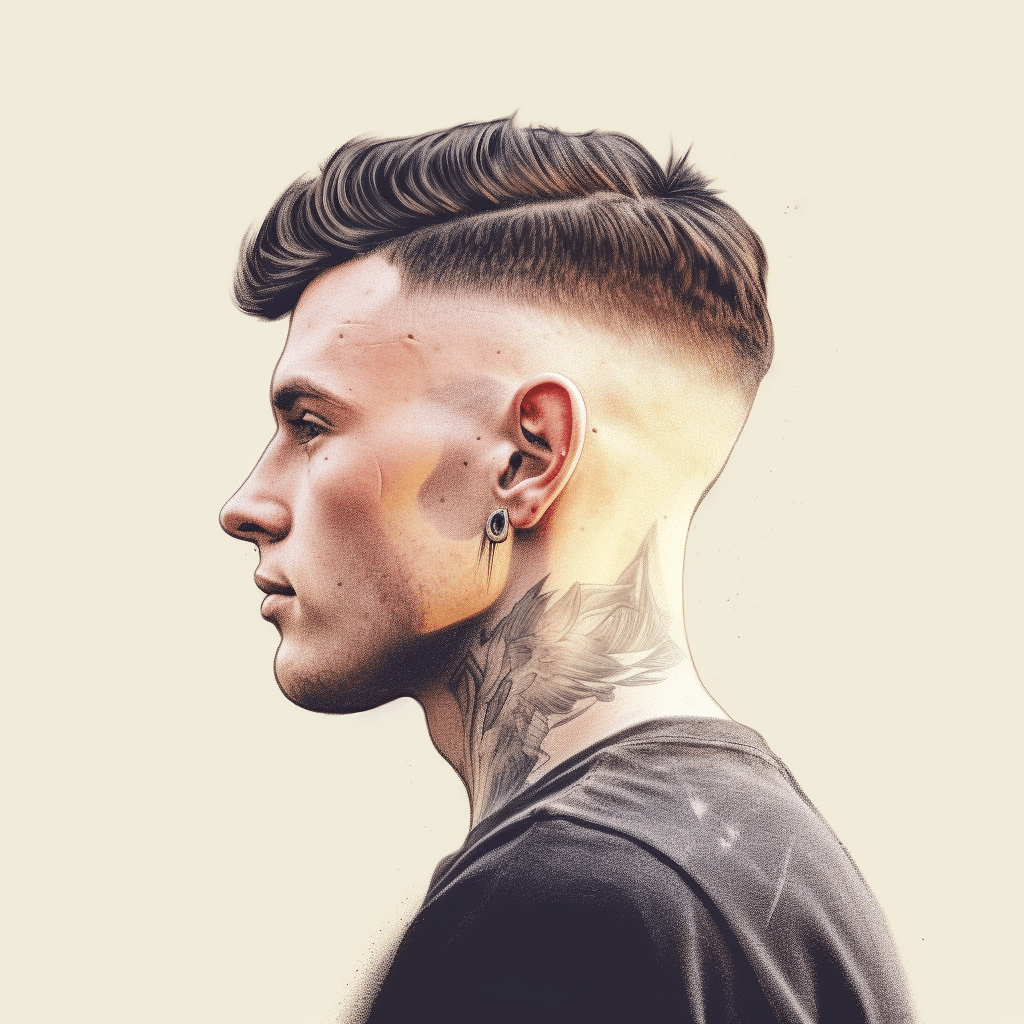
Achieving the perfect Razor Fade:
Achieving a razor fade is best left to a skilled and experienced barber or hairstylist who is proficient in using a razor blade. However, here is a general overview of the process:
- Clean and Prep: Start with clean, dry hair. Prepare the hair by washing and conditioning it beforehand to ensure a smooth cutting process.
- Clipper Work: Begin by using hair clippers with different guard lengths to create the desired length variation. Start with a longer guard and work your way down to shorter ones as you progress towards the sides and back.
- Razor Detailing: Once the desired clipper lengths are achieved, the razor blade is used to outline and refine the fade. The stylist carefully shaves away any stray hairs and creates precise lines, blending the different lengths seamlessly.
- Blending and Finishing: To ensure a polished look, the stylist uses techniques such as scissor over comb and razor-over-comb to blend any visible lines and create a smooth transition between the lengths. Finishing touches may include trimming the top hair to the desired style and applying styling products as per personal preference.
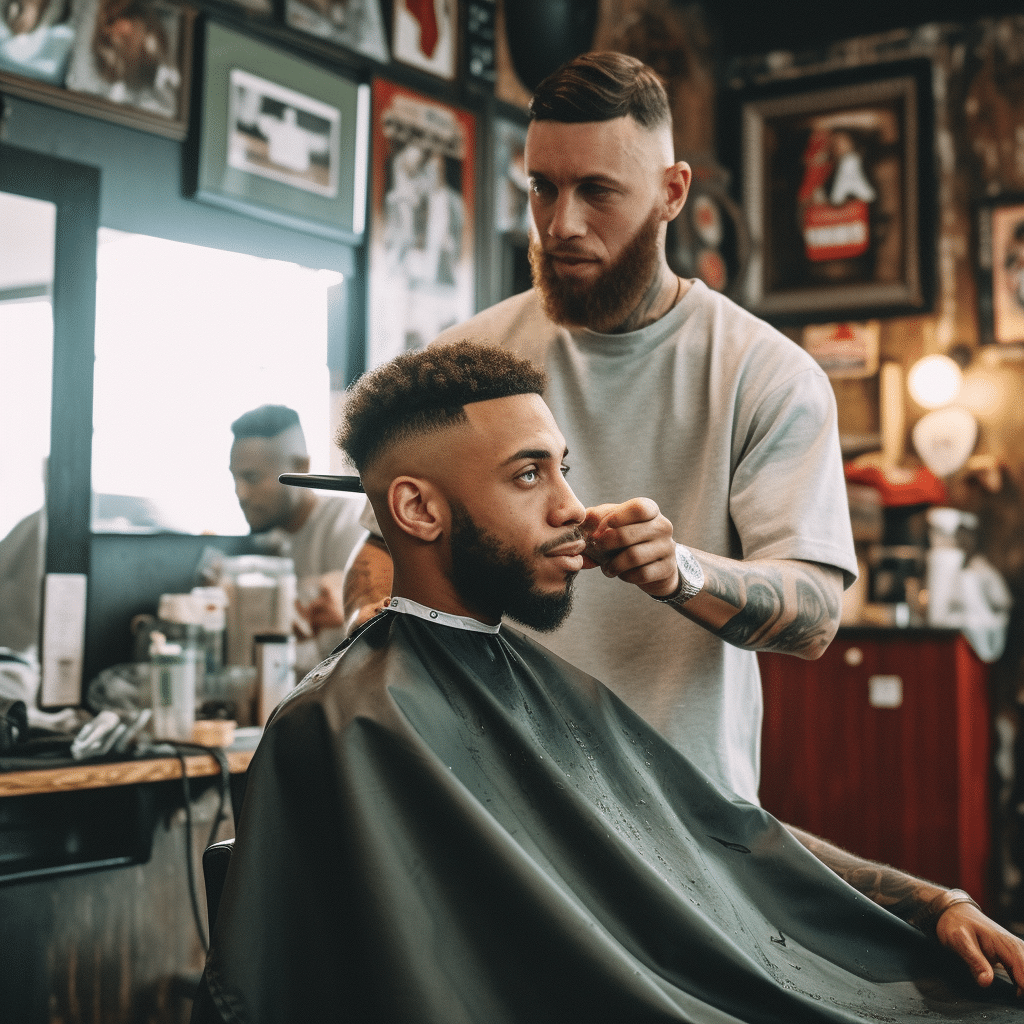
The Rise of the Razor Fade
The razor fade has gained popularity due to its ability to create a sharp and distinctive look that stands out from other fade styles. Its precision, attention to detail, and enhanced texture have made it a favorite among those who want a hairstyle that exudes confidence and style.
Additionally, the razor fade’s versatility in styling options allows individuals to experiment with various looks while maintaining a clean and polished appearance. Whether it’s a textured crop, a slicked-back style, or a modern pompadour, the razor fade adapts effortlessly to different hair types and personal preferences.
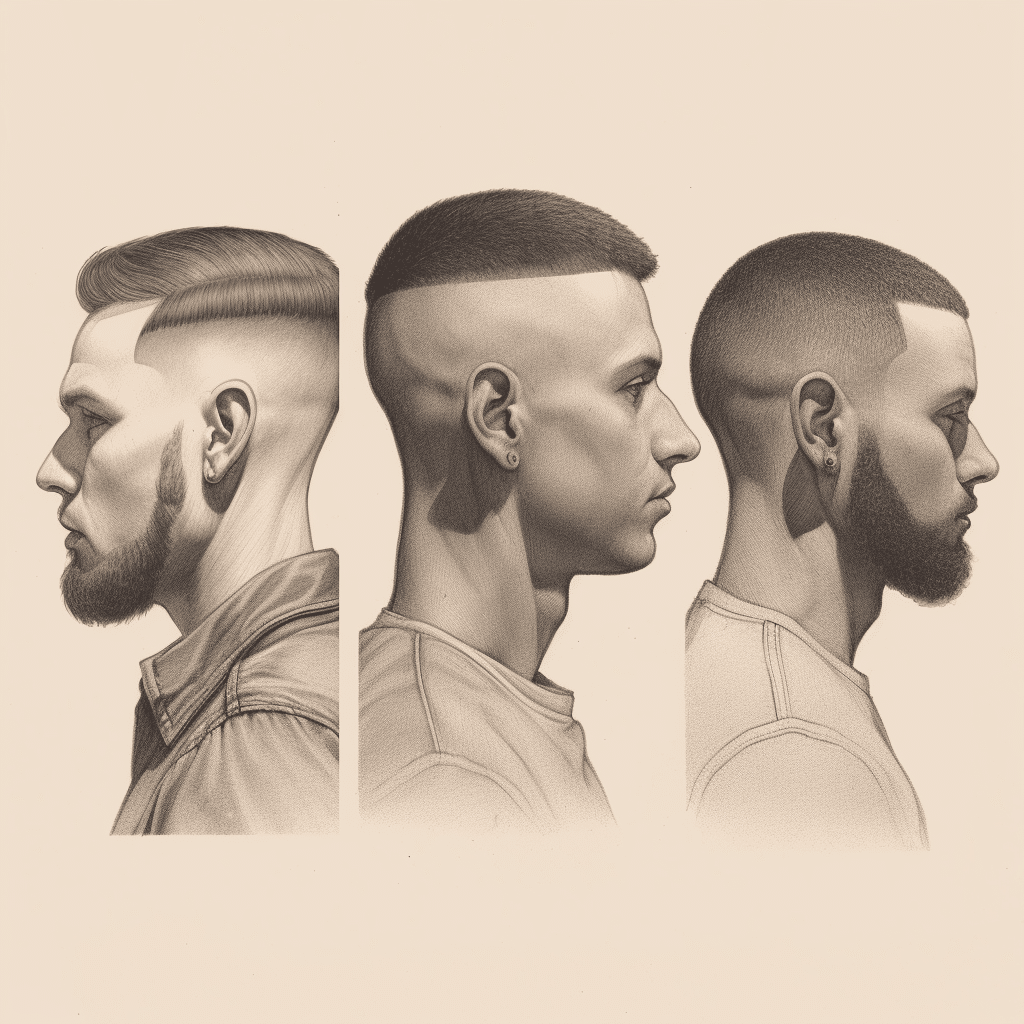
Overall, it offers a level of precision, sharpness, and defined styling that distinguishes it from regular taper fades and zero fades. Its use of a razor blade creates ultra-sharp lines, seamless transitions, and enhanced texture, resulting in a polished and contemporary look. With the assistance of a skilled barber or hairstylist, you can achieve a razor fade that adds a touch of sophistication and individuality to your overall style.
5 Type of Fades Hairstyles
- Drop Fade: The drop fade features a gradual tapering of the hairline behind the ears, creating a curved, “dropped” effect. This stylish variation adds a unique touch to the classic fade haircut, accentuating the natural contours of the head and allowing for seamless blending with longer hair on top.
- Low Fade with Curly: The low tape fade with curly hair starts very low on the sides and gradually tapers upwards, creating a subtle transition between the longer curly hair on top and the shorter hair on the sides and back.
- Scissor Taper Fade: The scissor tape fade involves using scissors instead of clippers to create a gradual taper on the sides of the head. Starting at a mid-level point, this fade offers a seamless transition between longer hair on top and shorter sides, providing a versatile option for various hairstyles and personal preferences.
- Taper Fade Comb Over: The taper fade comb over involves blending the hair on the sides and back of the head gradually into longer hair on top, creating a smooth transition. This style complements a classic comb over hairstyle, providing a polished and sophisticated look with a modern twist.
- Temple Tape Fade: The temple tape fade focuses on fading the hair around the temples, creating a distinct and stylish look. This type of fade can be combined with other fade variations, such as drop or low fades, to customize the hairstyle to your liking.